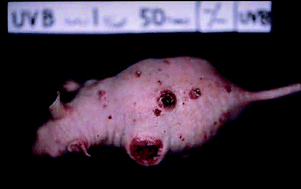DNA damage initiates photobiologic reactions in the skin†
Abstract
Ultraviolet (UV) radiation can induce acute and chronic photobiologic reactions in the absence of exogenous

- This article is part of the themed collection: 14th International Congress on Photobiology, Korea

 Please wait while we load your content...
Please wait while we load your content...